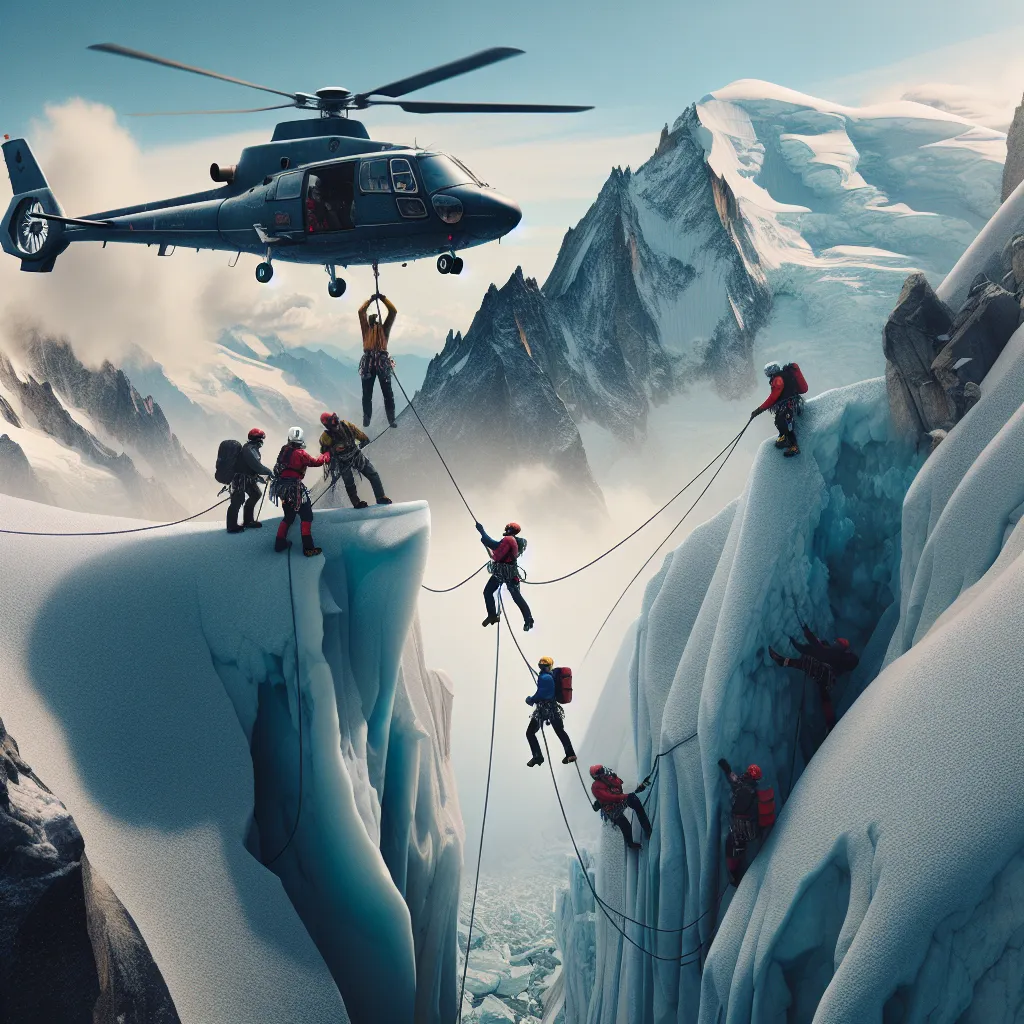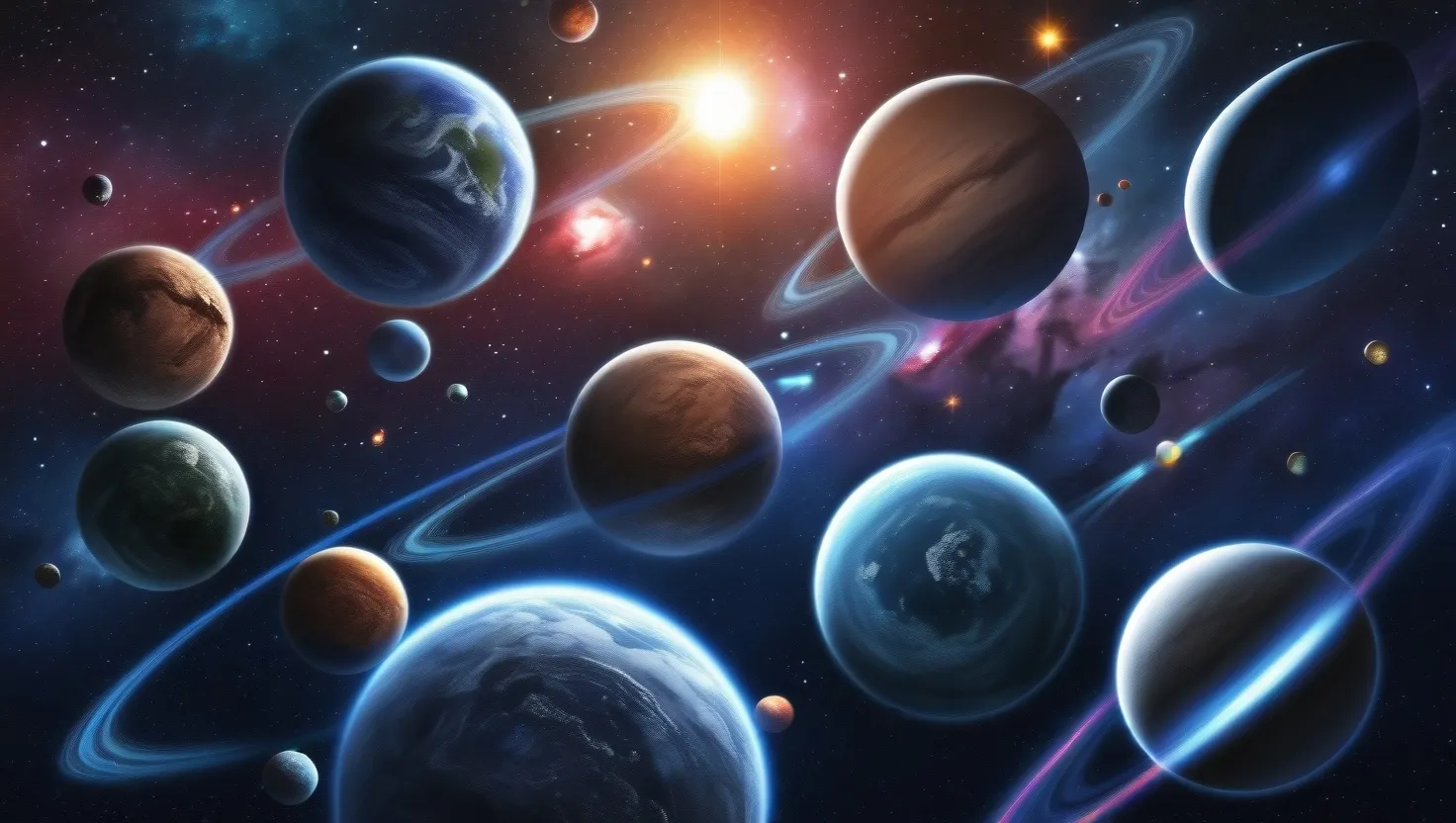A blustery day in London’s Elephant and Castle means it’s time to tackle a big job—cleaning the windows of Strata, the city’s tallest residential building, also known as the Razor. It’s famous for its wind turbines on top and expansive windows, totaling over an acre of glass which desperately needs a good clean.
This daunting task falls to Billy, Paul, and Peter, armed with specialized equipment: buckets, squeegees, safety harnesses, and an 80ft telescopic arm. Up high, the wind adds an extra challenge. Because the cradle isn’t fixed to the building, it can sway, making this a job for those with a head for heights and a tolerance for rough conditions.
Paul, the primary window cleaner, is most concerned about the wind. It’s the one factor that can halt their progress. “We can work in snow, rain, sun—whatever—but the wind dictates whether we can work or not,” he says. And today, the wind is fierce.
As Paul begins his work, the cradle is suspended high above the city. They’re going up to around 44 stories, and the wind starts to make the cradle sway. The Strata turbines, which typically generate electricity for the building, add to the turbulence. They decide to switch them off for safety. Despite Paul’s courage, the wind proves too strong. The cradle reaches its maximum height, just over 500 feet, but they decide it’s too risky to continue.
Two days later, with calmer weather, Paul and his team are back. It’s a bright, windless day—ideal conditions for window cleaning. Once again, Paul ascends, hoping for smoother sailing. This time, everything is in his favor. Paul’s been in the window-cleaning business for 28 years, following in the footsteps of his father and grandfather. Despite modern equipment, the essence of window cleaning remains unchanged.
Reaching the top, Paul prepares his gear. Safety is paramount; every tool is secured to prevent any accidents from items falling. “This squeegee could do a lot of damage if it fell on someone’s head,” Paul notes. Safety harnesses have improved, but they come with risks, like suspension trauma if a fall occurs.
Cleaning the building is a meticulous task. The entire process, from top to bottom, consists of 25 drops, each taking about an hour and a half. With 1,100 windows to clean, it will take Paul and his team around two and a half weeks to finish the job. Despite the challenge, there’s pride in seeing the building gleam after their efforts.
Paul has seen his fair share of unusual sights through the windows, from people in compromising positions to unexpected moments of humor. One memorable incident involved a naked woman who wasn’t too happy to see them working outside her window after a long ascent.
After each job, Paul reflects on the satisfaction of a job well done. With 7.2 km traveled in the cradle, 50 buckets of water used, and 4,500 square meters of glass cleaned, it’s undeniable that window cleaning at this height isn’t for the faint-hearted. It’s a job of precision, bravery, and, frankly, an appreciation for great views.






